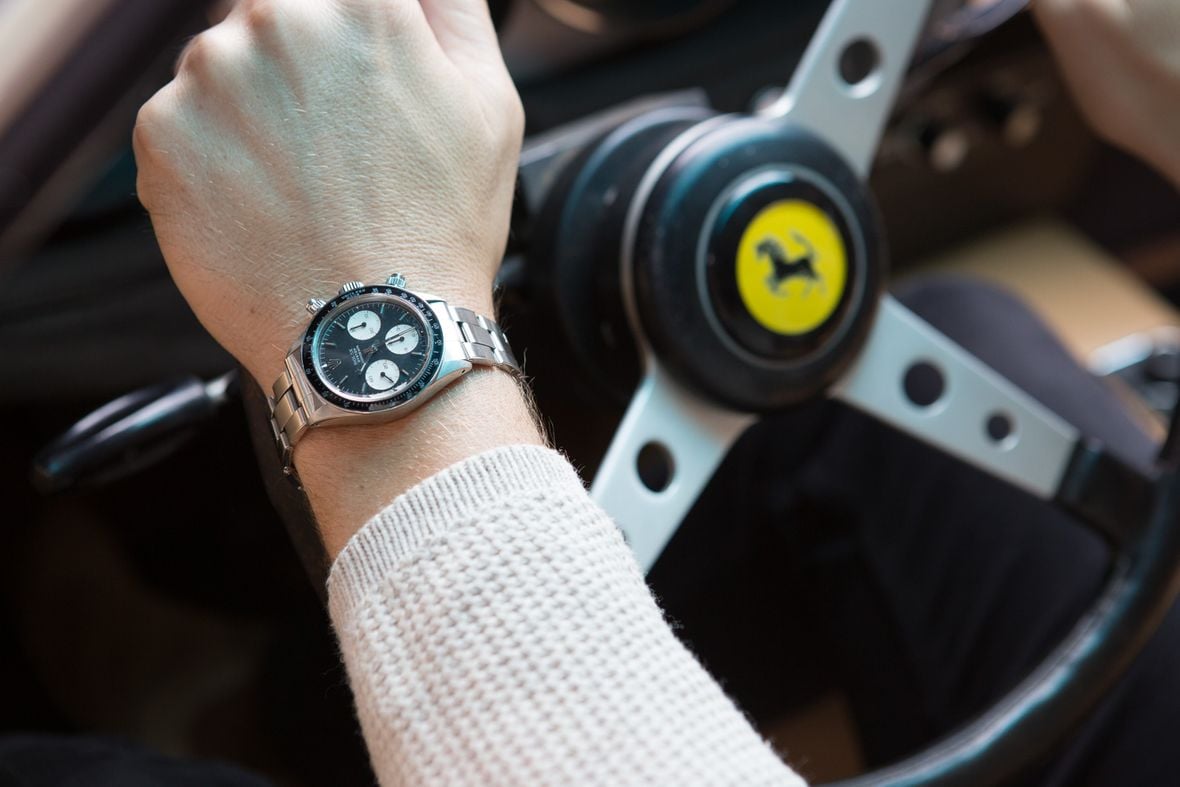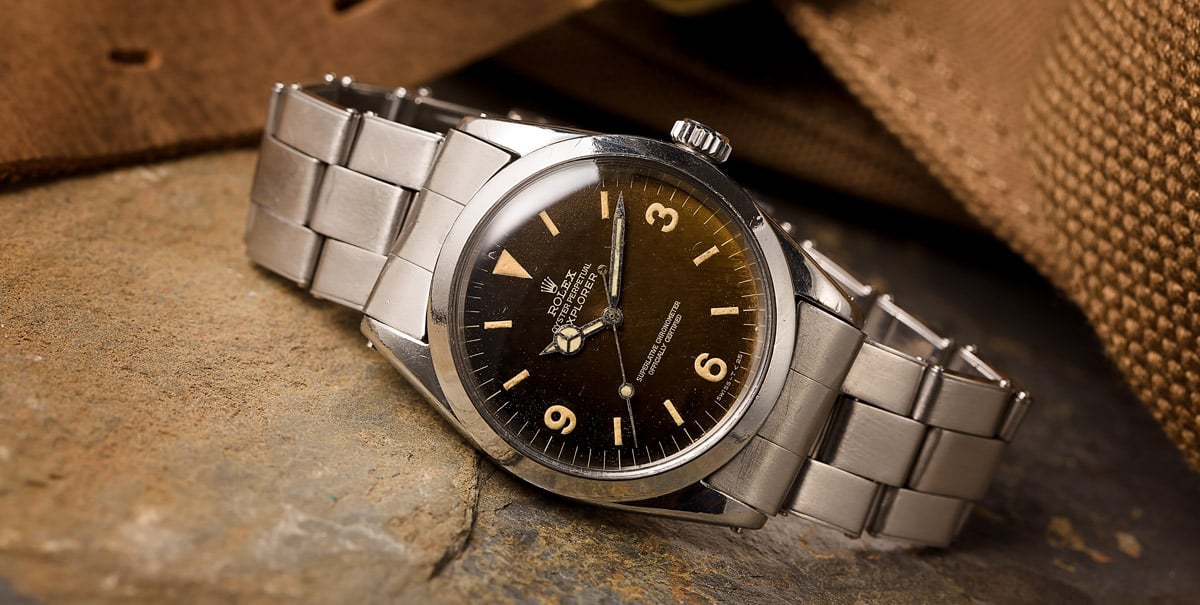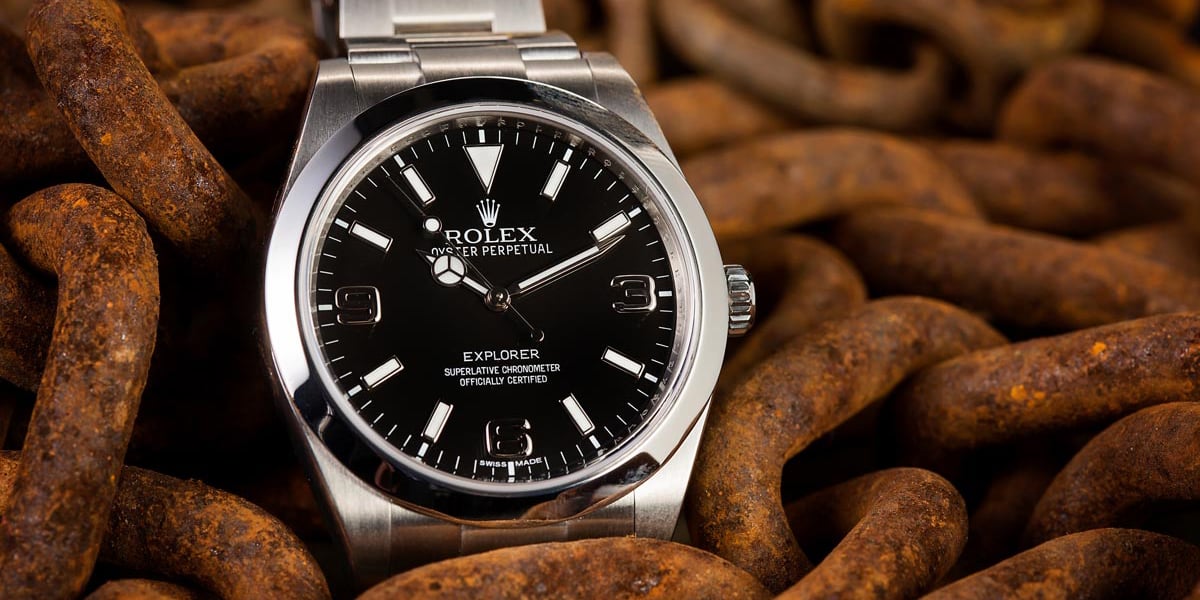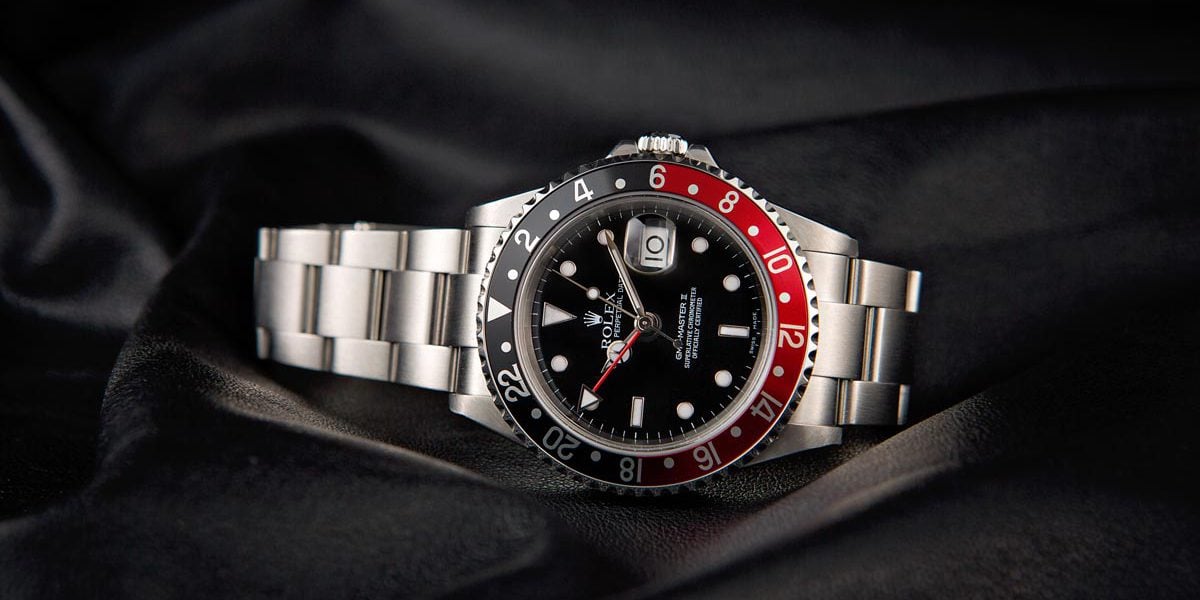The Rolex Datejust collection stands as testimony to timeless, deathless elegance in the world of luxury timekeeping. Within this exhaustive comparison, we go into greater detail about two iconic references: the Rolex Datejust 16233 and 16013. Both timepieces epitomize the long-lasting appeal of the Datejust; however, each bears distinct signs of times past. This paper presents an in-depth analysis of all the differences and similarities that can be found between these two references, which may turn out to be a great help for collectors and enthusiasts while trying to go through this labyrinth known as a vintage Rolex timepiece.
The Rolex Datejust Reference 16233: A Modern Classic Unveiled
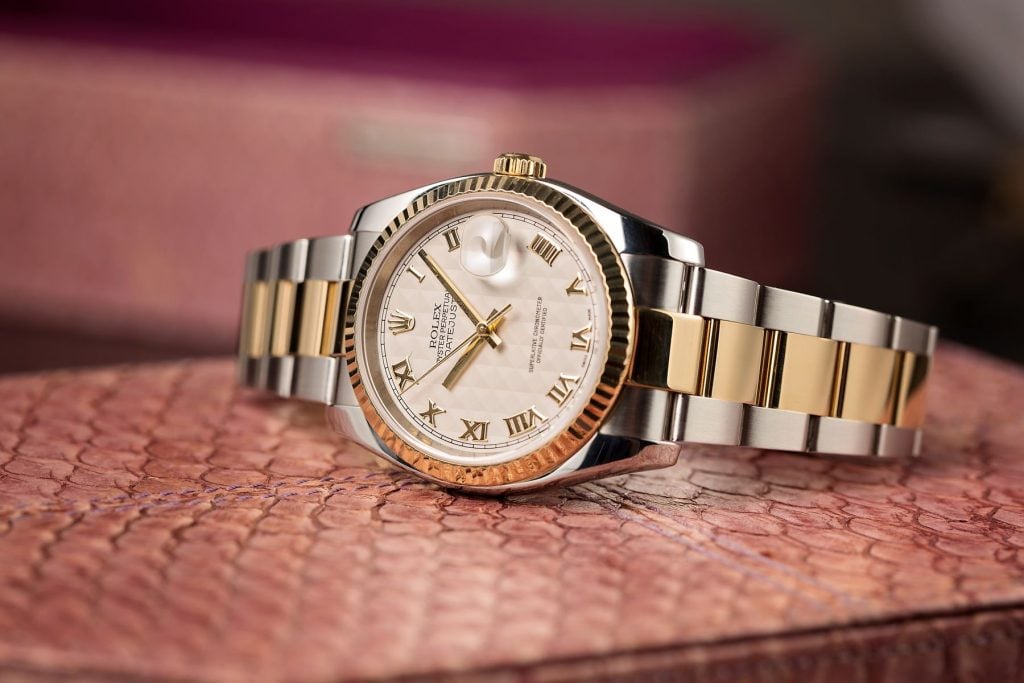
The Rolex 16233 represents a significant evolution in the Datejust lineage, embodying the perfect balance between classic design and modern innovation. Introduced in the late 1980s, this reference marked a new era for the Datejust line, incorporating subtle yet impactful improvements that elevated its status in the luxury watch market.
The Rolex Datejust 16233 emerged at a pivotal time of technological innovation for the brand, following its predecessor, the 16013. With this model, Rolex introduced a range of enhancements that appealed to the sophisticated tastes of watch collectors as they entered the 1990s. The 16233 was instrumental in solidifying the Datejust’s status as a symbol of achievement and elegance, skillfully adapting to evolving trends while retaining the timeless essence of the Datejust lineage.
The design and aesthetic of the Rolex 16233 showcase the brand’s unwavering dedication to timeless sophistication. It boasts the signature two-tone pairing of stainless steel and 18k yellow gold, a defining feature of the Datejust series. With its 36mm Oyster case, the watch achieves an ideal balance between presence and comfort, making it a versatile option for various wrist sizes. The solid gold fluted bezel enhances its luxury, elegantly catching and reflecting light to create a captivating visual effect. Complementing this is the Jubilee bracelet, renowned for its five-piece link design, which combines both metals into a comfortable yet refined accessory.
On the technical side, the 16233 introduced a range of significant upgrades. At its core is the Caliber 3135, a movement that set new benchmarks for precision and dependability. This self-winding mechanical movement is equipped with Rolex’s Parachrom hairspring, designed to offer increased resistance to shocks and temperature fluctuations. The watch also features improved water resistance, certified to a depth of 100 meters, courtesy of the Twinlock crown system. These innovations not only enhanced the watch’s overall performance but also reinforced its durability and longevity.
The Rolex Datejust Reference 16013: The Vintage Charm

Holding a cherished spot among vintage watch collectors, the Rolex 16013 represents a pivotal era in the brand’s storied history. Introduced in the late 1970s and produced throughout the 1980s, this reference captures the essence of classic Datejust design, embodying the timeless luxury that the brand has become known for.
The historical significance of the 16013 is undeniable. It debuted at a time when Rolex was cementing its reputation as the world’s leading luxury watchmaker. This model was instrumental in popularizing the two-tone style in luxury watches, a trend that came to define the decade. As a result, the 16013 became a symbol of success and elegance, frequently seen on the wrists of influential figures from all walks of life.
From a design perspective, the 16013 is the epitome of vintage Rolex allure. Like its successor, it features the signature 36mm Oyster case, though with subtle distinctions that enthusiasts appreciate. The case is slightly thicker, offering a more pronounced presence on the wrist. Its iconic two-tone combination of stainless steel and 18k yellow gold is imbued with a vintage charm, often developing a rich patina over time that adds to its character. The fluted bezel, a defining element of the Datejust line, is expertly crafted, with deeper grooves than later models, resulting in a striking play of light.
On the technical front, the 16013 is powered by the Caliber 3035, a movement that was considered cutting-edge during its time. Known for its accuracy and reliability, this self-winding movement set a benchmark for luxury watches of that era. While it may not include the latest innovations, the 3035 remains highly regarded for its durability and ease of maintenance, contributing to the 16013’s enduring popularity among collectors.
Side-by-Side Comparison: 16233 vs 16013
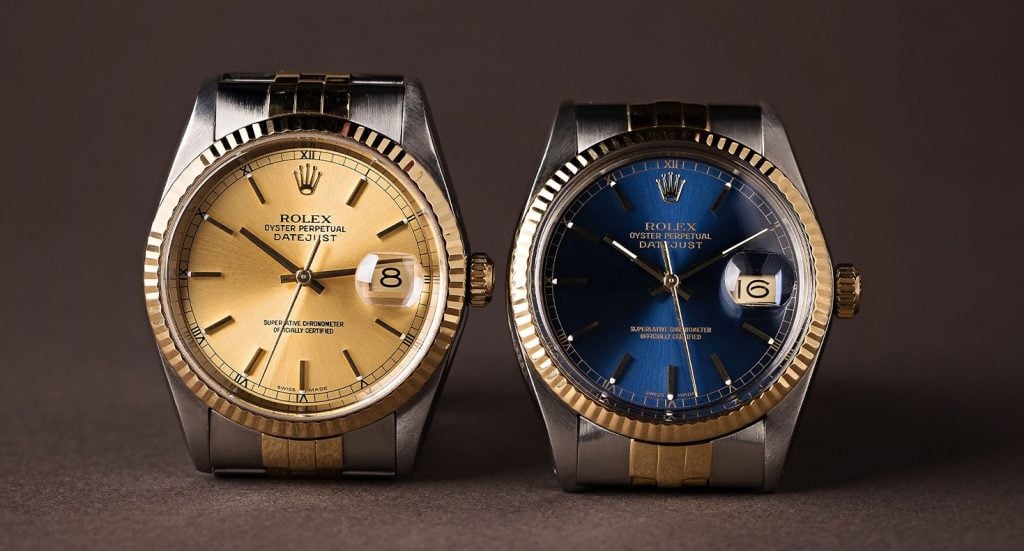
When comparing the Rolex Datejust references 16233 and 16013, we encounter two distinct phases in the evolution of this legendary timepiece. Both models showcase Rolex’s unwavering dedication to excellence, yet each brings its own unique characteristics, catering to different tastes and requirements. In this comparison, we’ll explore the design details, technical specifications, market value, and overall user experience of these two exceptional watches, giving you a well-rounded understanding to inform your appreciation or potential purchase.
Design Differences and Similarities
The Rolex Datejust 16233 and 16013 both retain the iconic Datejust silhouette, but it’s the subtle differences in their design elements that set them apart. As the newer model, the 16233 boasts a slightly more refined case profile, with crisper lines and a more polished finish, reflecting improvements in Rolex’s manufacturing techniques. In contrast, the 16013 carries the charm of vintage Rolex, with a slightly thicker case that offers a more substantial presence on the wrist.
Both models feature the classic two-tone combination of stainless steel and 18k yellow gold, though the execution varies. The 16233 often presents a sharper contrast between the two metals, with its gold components maintaining a brighter luster over time. The older 16013, however, may develop a distinctive patina on its gold elements, a trait many vintage collectors admire. While both models feature the signature fluted bezel in gold, the 16233 typically has a more sharply defined fluting pattern compared to the 16013.
When it comes to dial options, both watches offer variety, but there are some key differences. The 16233 generally includes a broader selection of modern dial designs, such as the popular tapestry and jubilee patterns, with more refined hour markers and hands that often incorporate improved luminous materials. The 16013, staying true to its vintage roots, tends to feature dials with a warmer tone, occasionally developing a desirable patina. Its hour markers, while equally elegant, may differ slightly in shape or finish from those found on the 16233.
Technical Comparison
The most notable technical distinction between the Rolex 16233 and 16013 lies in their movements. The 16233 is powered by the Caliber 3135 movement, which marked a significant advancement in Rolex’s watchmaking technology. This self-winding mechanical movement delivers enhanced accuracy, stability, and resistance to shocks and temperature fluctuations, thanks to the inclusion of Rolex’s patented Parachrom hairspring, which boosts both performance and longevity.
On the other hand, the 16013 houses the Caliber 3035, a movement that, during its time, was highly esteemed for its reliability and precision. While it may not offer the same level of innovation as the 3135, the 3035 remains a robust and respected movement, valued for its durability and its decades-long track record in various Rolex models.
In terms of accuracy, both movements are known for excellent timekeeping. However, the 3135 in the 16233 generally outperforms, often achieving chronometer certification with ease. The 3035 in the 16013 is also accurate but may require more frequent servicing to maintain optimal performance over time.
Water resistance is another area where these models differ slightly. The 16233, equipped with an upgraded Twinlock crown system, offers water resistance up to 100 meters (330 feet). Meanwhile, the 16013, while still water-resistant, typically provides protection up to 50 meters (165 feet). Though this difference may not be significant for everyday wear, it could be a factor for those who plan to use their watch in water activities.
Market Value and Investment Potential
The market values of the Rolex Datejust 16233 and 16013 reflect their respective positions in Rolex’s history and the evolving trends in vintage watch collecting. As a more recent model with updated technology, the 16233 typically commands a slightly higher price in today’s market. Its improved movement and modern aesthetics appeal to buyers seeking a blend of vintage charm and contemporary performance.
On the other hand, the 16013 has seen a steady increase in value in recent years, fueled by growing interest in vintage Rolex watches. Its status as a true vintage model, along with the unique patina and character that older watches acquire over time, makes it highly desirable among collectors. The rarity of well-preserved examples can further drive up prices, especially for sought-after variants.
When it comes to future investment potential, both models offer distinct advantages. The 16233, with its newer production and enhanced technical features, may offer more stable long-term value. It’s also seen as a more practical choice for daily wear, which broadens its appeal to a wider audience. Meanwhile, the 16013 benefits from the rising demand for vintage Rolexes. As these older watches become harder to find in good condition, their value is likely to continue appreciating.
Key factors that influence demand for both models include condition, originality, and provenance. For the 16013, original dials in good condition and complete sets with the original box and papers are especially prized. While the 16233 is less impacted by these factors, examples in excellent condition with full documentation can still command premium prices.
Wearability and User Experience
Both the Rolex Datejust 16233 and 16013 offer excellent wearability, thanks to their timeless 36mm case size, which suits a wide range of wrist sizes. However, subtle differences set them apart in how they feel on the wrist. The 16233, with its more refined case profile, sits closer to the wrist, giving it a sleek and streamlined look. This makes it particularly comfortable for long periods of wear, especially when worn under shirt cuffs.
In contrast, the 16013, with its slightly thicker case, has a more substantial presence. This added heft may appeal to those who prefer a watch that feels more pronounced on the wrist. The vintage charm of the 16013 also pairs effortlessly with casual attire, making it versatile enough to complement anything from jeans to business casual outfits.
Both models excel in versatility. The two-tone design allows them to transition effortlessly from day to night, and from casual to formal settings. The 16233, with its modern design elements, may be better suited for contemporary formal occasions. Meanwhile, the 16013, with its vintage appeal, stands out in casual environments and can add a touch of retro elegance to more relaxed events.
For daily wear, the 16233 might have a slight edge due to its improved water resistance and more durable movement, making it better equipped to handle everyday wear without the need for frequent servicing. The 16013, while still a capable daily watch, may be ideal for those who rotate their timepieces or prefer to reserve it for special occasions.
In the end, choosing between the 16233 and 16013 comes down to personal preference. Those seeking a more modern feel and enhanced durability might lean toward the 16233, while collectors who appreciate the character and history of a vintage piece may find the 16013 more appealing for its wrist presence and historical significance.
Factors to Consider When Choosing Between the Two
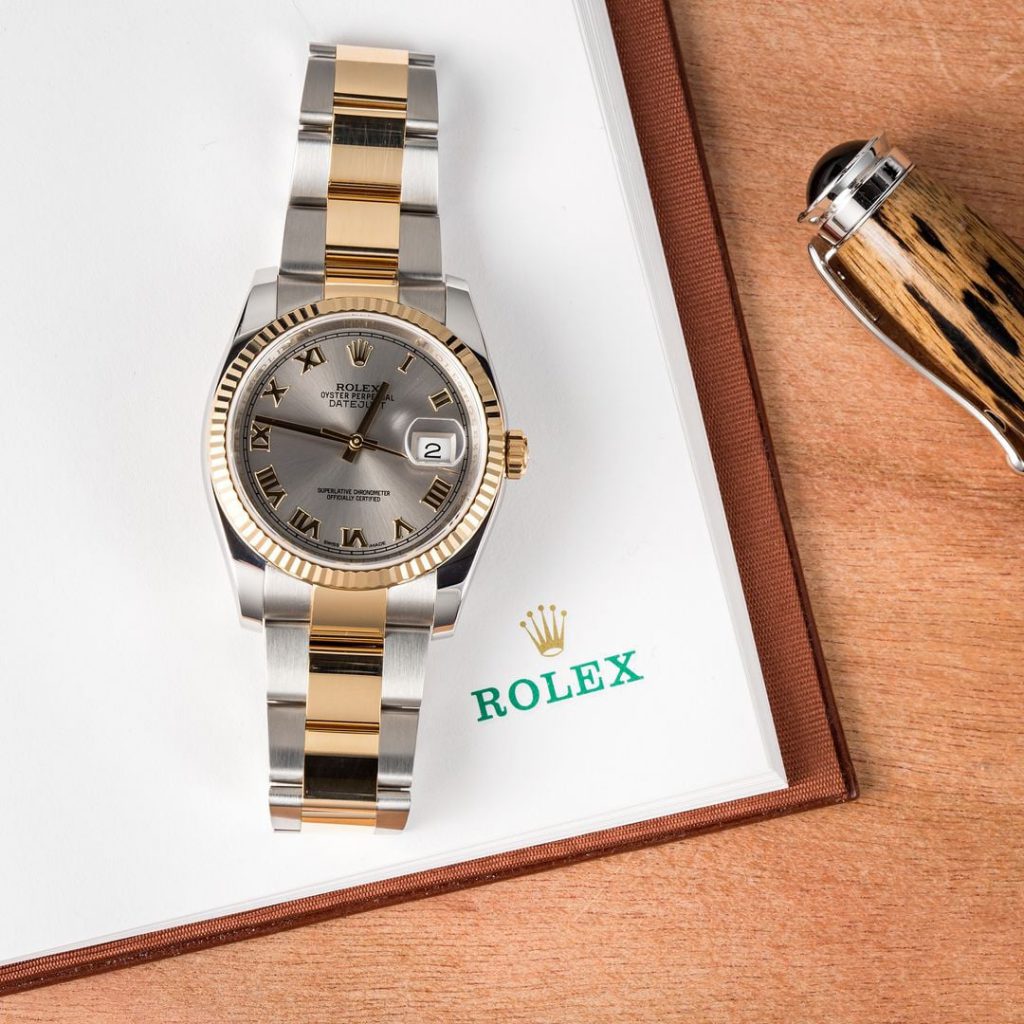
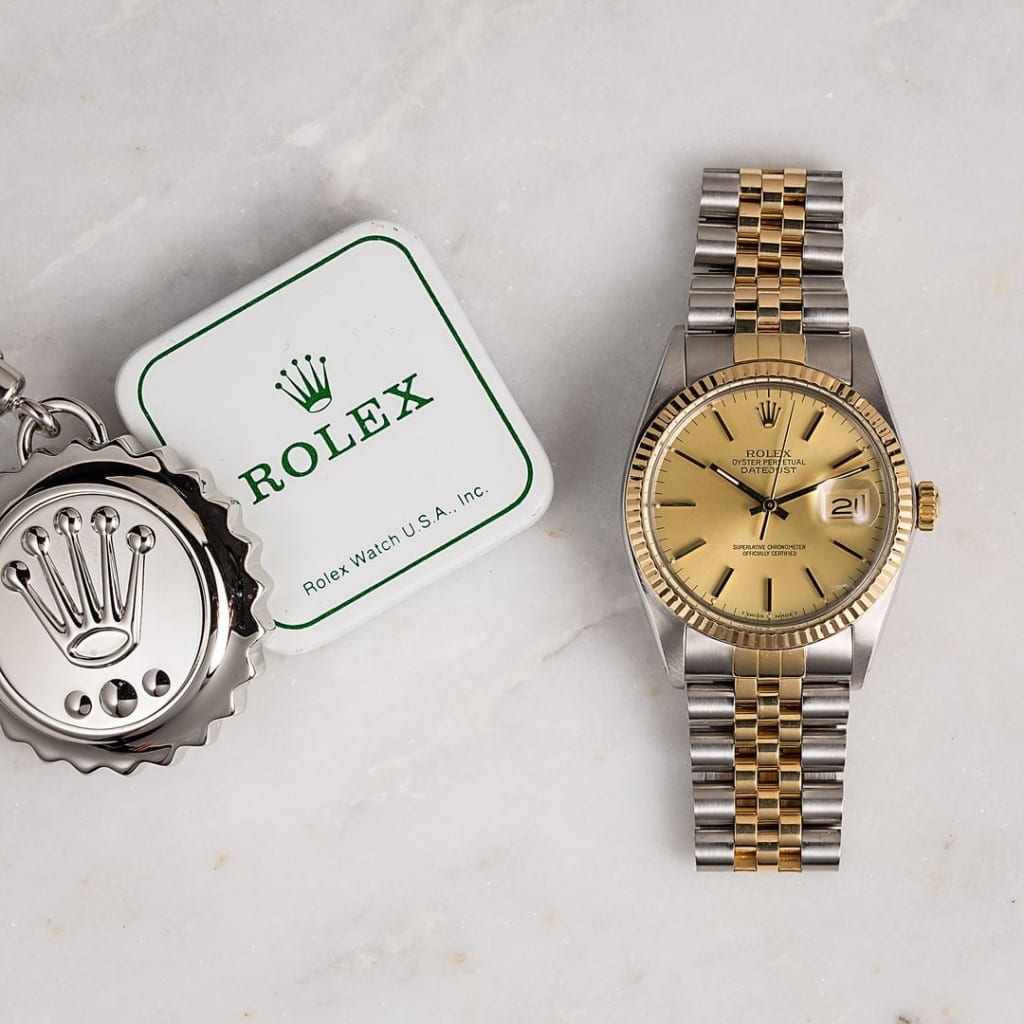
When choosing between the Rolex Datejust 16233 and 16013, several important factors should be considered. Both models embody the prestige and craftsmanship that Rolex is known for, but their subtle differences cater to different tastes and requirements. This section will walk you through the key considerations to help you make an informed choice that best suits your personal style, investment objectives, and practical needs.
Personal Style and Preference
The aesthetic differences between the Rolex 16233 and 16013 play a significant role in the decision-making process. The 16233, with its refined finish and sharper lines, offers a more contemporary take on the classic Datejust design. Its polished surfaces and brighter gold accents lend it a fresher, more modern appeal, making it a great choice for those who love the timeless Datejust look but prefer a watch that doesn’t immediately appear vintage.
On the other hand, the 16013 radiates vintage charm in every aspect. From its slightly thicker case profile to the potential patina on its gold details, this model appeals to those who appreciate the aesthetics of a bygone era. Over time, the 16013 develops a unique character, with its dial and gold components aging gracefully—a quality that vintage enthusiasts find captivating.
In formal settings, both models perform admirably. The 16233, with its contemporary finish, may have a slight edge in more modern corporate environments, thanks to its refined details and well-preserved condition, making it an excellent match for business attire. The 16013, while equally suited for formal occasions, adds a touch of vintage sophistication, which can be particularly appealing in creative or less traditional professional spaces.
For casual wear, the 16013 may have a slight advantage. Its vintage aesthetic pairs effortlessly with a variety of outfits, from jeans and a t-shirt to smart casual looks. While the 16233 is versatile, its more polished appearance might come across as slightly formal in very casual settings. However, its modern touches ensure it easily transitions from day to night.
Ultimately, the choice between vintage charm and modern refinement comes down to personal style. Consider which aesthetic aligns with your overall look and the image you wish to project. The 16013 is perfect for those who appreciate the history and character of vintage timepieces, while the 16233 is ideal for those seeking a classic look with a more contemporary twist.
Investment Considerations
The production era of these watches plays a significant role in their value retention and investment potential. As an older model, the 16013 benefits from its status as a true vintage piece. As these watches become increasingly rare – especially in good condition – their value tends to rise. The growing interest in vintage Rolex models has further driven up prices for well-preserved 16013 examples.
On the other hand, while the 16233 isn’t considered vintage yet, it offers its own investment appeal. Its more recent production means that examples in excellent condition are easier to find, which broadens its appeal to a wider range of buyers. Additionally, the improved technology and durability of the 16233 contribute to its strong value retention, making it a more practical choice for regular wear.
When considering long-term value, both models have distinct strengths. The 16013, being older and rarer, could experience more dramatic price increases, particularly if the vintage watch market continues to grow. Its value is closely tied to its condition, originality, and the presence of original accessories like boxes and papers. Well-preserved models with unique dial variants or notable provenance often command premium prices.
The 16233, while not likely to see such rapid short-term gains, offers a different kind of investment potential. Its robust construction and newer technology ensure that it remains a desirable and wearable piece for years to come, translating to steady, if less dramatic, value appreciation over time.
When evaluating these watches as investments, condition is key. A well-maintained 16013 with original parts and documentation could be a better investment than a heavily worn or modified 16233, and vice versa. Always prioritize authenticity, condition, and provenance when assessing the investment potential of these models.
Practical Usage
Durability and ease of maintenance are key factors to consider, especially if you plan to wear your Datejust regularly. The 16233, with its more recent production and advanced technology, generally offers greater durability. Its Caliber 3135 movement is renowned for its robustness and reliability, often requiring less frequent servicing compared to older movements. The improved water resistance of the 16233 further enhances its durability, making it well-suited for everyday wear in a variety of conditions.
While the 16013 is still a durable timepiece, it may require more careful handling and more frequent servicing to maintain peak performance. Its older Caliber 3035 movement, although reliable, doesn’t benefit from the technological improvements found in the 3135. Additionally, the lower water resistance of the 16013 means extra caution is needed when exposing it to wet environments.
For daily wear, the 16233 likely has the edge due to its superior durability and water resistance. It’s designed to handle the rigors of everyday use with less need for frequent maintenance. The more modern construction also means replacement parts, if needed, are generally easier to find.
The 16013, while certainly capable of daily use, may be better suited for those who rotate their watches or reserve it for special occasions. Its vintage charm makes it a prized piece for collectors who appreciate the character that comes with a well-loved timepiece.
In terms of collecting, both models offer distinct advantages. The 16233 presents a more modern interpretation of the classic Datejust, making it a versatile addition that bridges vintage and contemporary styles. Its updated technology also ensures it remains a dependable choice for regular wear within a collection.
On the other hand, the 16013 represents an important chapter in Rolex’s history and can serve as a cornerstone in any vintage collection. Its older design and the potential for developing a unique patina over time make it an attractive option for collectors who appreciate the stories and history behind vintage timepieces.
Conclusion: Making an Informed Choice
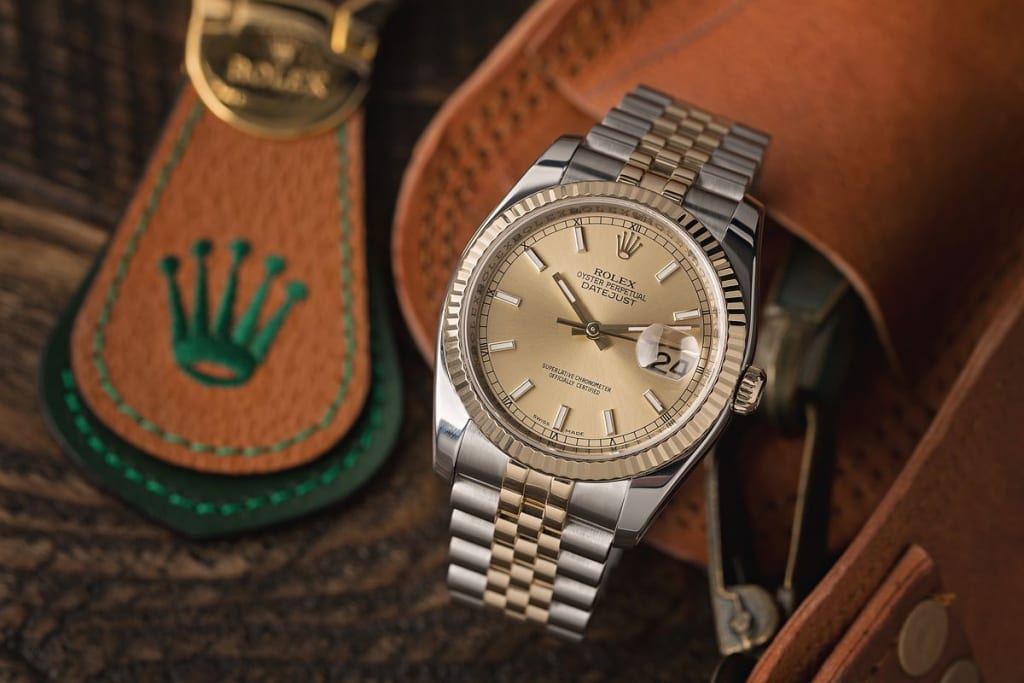
As we conclude our comprehensive comparison of the Rolex Datejust references 16233 and 16013, it’s evident that both models offer compelling attributes that cater to different preferences and needs. The 16233, with its more recent production, updated movement, and refined aesthetics, represents a bridge between classic Datejust design and modern watchmaking technology. Its improved durability and water resistance make it an excellent choice for those seeking a versatile timepiece for daily wear.
The 16013, on the other hand, embodies the charm and character of vintage Rolex. Its slightly thicker case profile, potential for unique patina development, and historical significance appeal to collectors and enthusiasts who appreciate the story and evolution of the Datejust line. While it may require more careful handling and maintenance, the 16013 offers a connection to a significant era in Rolex’s history.
Your choice between these two exceptional timepieces should be guided by your personal style, intended use, and collecting goals. If you prioritize modern reliability and a fresh interpretation of the classic Datejust design, the 16233 might be your ideal match. If you’re drawn to vintage charm and the unique character that comes with a well-preserved piece of horological history, the 16013 could be the perfect addition to your collection.
When exploring Rolex Datejust for sale options, it’s crucial to consider these factors carefully. At Bob’s Watches, we understand the nuances that make each Rolex model unique. Our extensive inventory of pre-owned luxury timepieces includes a variety of Datejust references, encompassing both the 16233 and 16013. Whether you’re drawn to the modern refinement of the 16233 or the vintage allure of the 16013, our team of experts is here to guide you through the selection process. We pride ourselves on offering authenticated, meticulously inspected timepieces, ensuring that whichever Datejust you choose, you’re investing in a piece of horological excellence that will stand the test of time.


